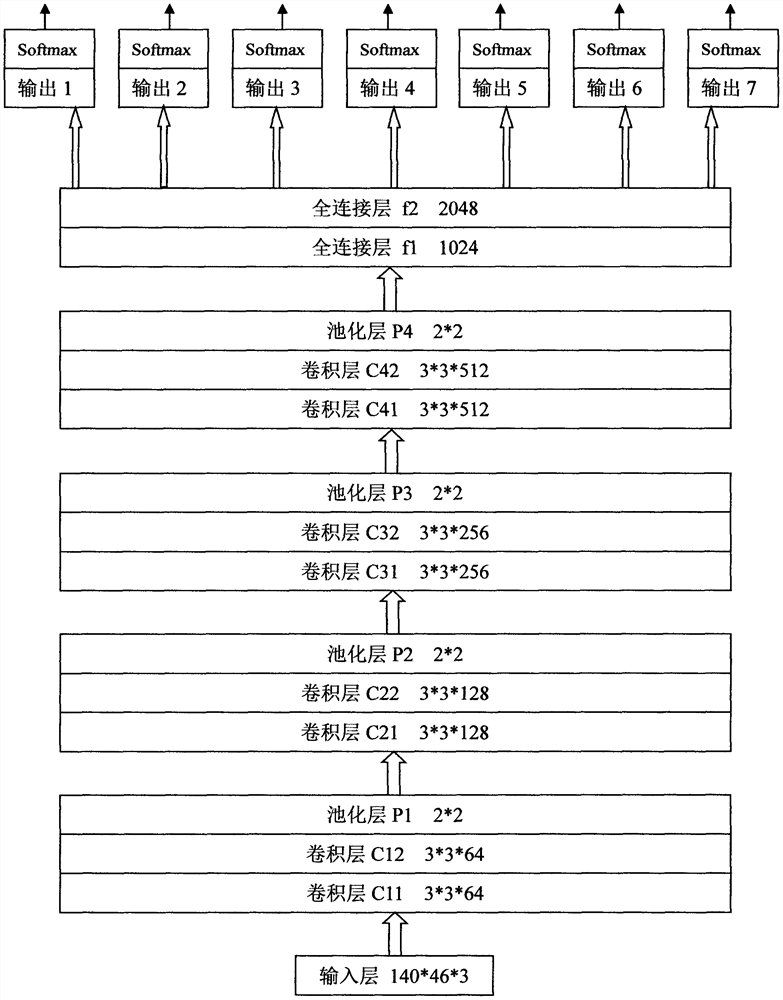Seriously degraded license plate image information recovery method
A license plate image and degraded image technology, applied in the application field of image processing technology, can solve the problems of inability to deal with highly degraded images and incompleteness, and achieve the effect of great application value and reasonable design.
- Summary
- Abstract
- Description
- Claims
- Application Information
AI Technical Summary
Problems solved by technology
Method used
Image
Examples
Embodiment Construction
[0022] Embodiments of the present invention will be described in further detail below in conjunction with the accompanying drawings.
[0023] Step 1. Collect various license plate images in the real environment;
[0024] Step 2. Analyze license plate features such as font, character distribution, color features, etc., and design a license plate simulation generation program. Use the license plate simulation generation program to generate a large number of simulated license plate images.
[0025] Step 3: Add various degrees of noise information to the simulated license plate image and the real license plate image, and generate degraded images of different sizes accordingly. Then these degraded images are enlarged to the same size, and the simulated license plate degraded image database and the real license plate degraded image database are constructed. Construct the training data set, verification data set and test data set of the simulated license plate degradation image; co...
PUM
 Login to View More
Login to View More Abstract
Description
Claims
Application Information
 Login to View More
Login to View More - R&D
- Intellectual Property
- Life Sciences
- Materials
- Tech Scout
- Unparalleled Data Quality
- Higher Quality Content
- 60% Fewer Hallucinations
Browse by: Latest US Patents, China's latest patents, Technical Efficacy Thesaurus, Application Domain, Technology Topic, Popular Technical Reports.
© 2025 PatSnap. All rights reserved.Legal|Privacy policy|Modern Slavery Act Transparency Statement|Sitemap|About US| Contact US: help@patsnap.com

